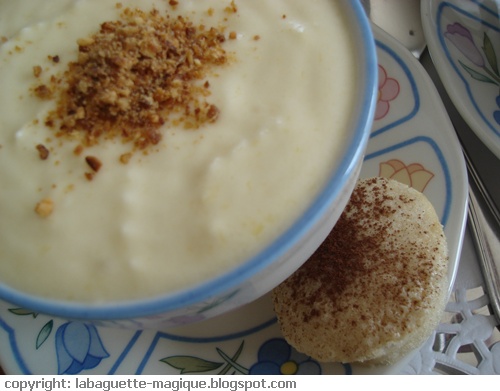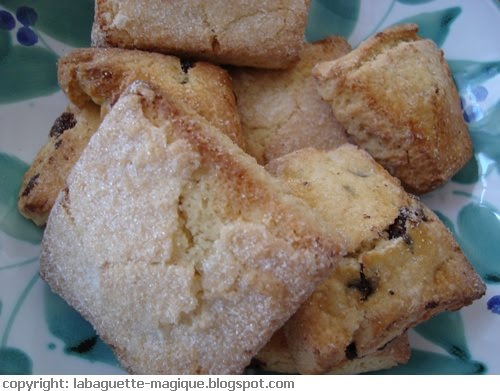
I invited my brother to come along, as my travelling companion. I think I needed a human anchor, some sort of moral support, as I felt somehow daunted by the prospect of facing full-on city life after 8 months of island recluse life, beached on the shore of a tiny village an hour's drive away from the nearest town.
My brother hadn't been in Manchester since January 2002, therefore as a land planning/ architecture enthusiast, I was looking forward to his input about the city centre remodel. He was anticipating change but not the kind of change he witnessed: a whirlwind vertical architectural challenge deployed at full-throttle between the odd preserved historical landmark, a supposedly concerted vision of new Manchester that flirted with controversy as it transcended into a chaotic mish-mash of proportions, style, materials and substance. Already you can't help but forge an idea about which of those new structures will make it to the next 50 years, and which will start a slow descent into demolition before the end of the next decade...
 |
| Also a flying visit to Liverpool! |
Meanwhile Piccadilly Gardens looked different too, even to I. The groundfloor to One Piccadilly Gardens, home to Bank of New York (BNY Mellon), now promotes café culture with the likes of Kro Bar, as an extension to existing offerings from Caffè Nero & Co. The once desolate concreted square ('gardens' remaining an overstatement) has now turned into an invitation to somewhat linger rather than dash past.
Elsewhere, a construction site opposite Victoria Station reveals that Chethams School of Music has surprisingly embraced modernity and, in a 'tabula rasa' exercise, is having state-of-the-art premises constructed. But in our speedy tour of town, my brother and I surprised ourselves by deciding that the best store refit was the once unloved/ despised Arndale Centre: gone are the 1970s yellow toilet brick cladding, dingy lighting and claustrophobic ambience, and in are the natural light wells, airy walkways, quality white tiling and revisited shop spaces that make the Arndale compete with the Trafford Centre in terms of style and kerb appeal, an aberration of thought prior to the refit!

At the side of City Inn Hotel where we were staying, we discovered a pedestrian gateway that conveniently links the Gay Village (pictured above)/ South Piccadilly Gardens area as a streamline shortcut to Piccadilly Train Station, with (yet again) brand-new office blocks thrown in the redevelopment (one housing the GMPTE*).
I have to admit that over the last 5 years or so, I haven't been a regular Manchester city centre visitor, hence the fact that many of the (un)/fortunate brand-new property developments had slipped off my radar, and I was indeed always in for a surprise when I did go into town, losing my way, trying to remember what the previous building looked like, searching for clues, bemoaning those soul-less unloved buy-to-rent apartment blocks, with dubious architectural merit, that relentlessly sprang like unsightly cold sores, cages of metal hastily clad in glass or faux-brick (thinking of the residential tower-block on New Bridge Street). A couple of years ago, I remember counting no less than 12 construction site cranes in the skyline along the M.E.N. Arena-Trinity Way-Mancunian Way!

The June 1996 IRA bombing propelled - so to speak - Manchester city centre into a building site that went far beyond the impact of the bomb damage, into an era of fervent deconstruction/ construction/ reconstruction that still continues today, 13 years later. The city centre has changed beyond recognition. Love it or loathe it, it is nonetheless a fascinating transformation, albeit ruthless in places, but this is only history repeated, despite the fact that our architect luminaries and City Council chiefs pledged not to repeat the architectural mistakes of their post-WWII forefathers. Who are we to blame because after all nobody's perfect and 'errare humanum est' (error is human!). And in the same breath we are told that someone's junk is someone else's treasure... A modernist's excuse?
*GMPTE = Greater Manchester Public Transport Executive
Further reading: Why not check out my reader contribution to a Manchester property development piece published by G7UK (September 2008).

































